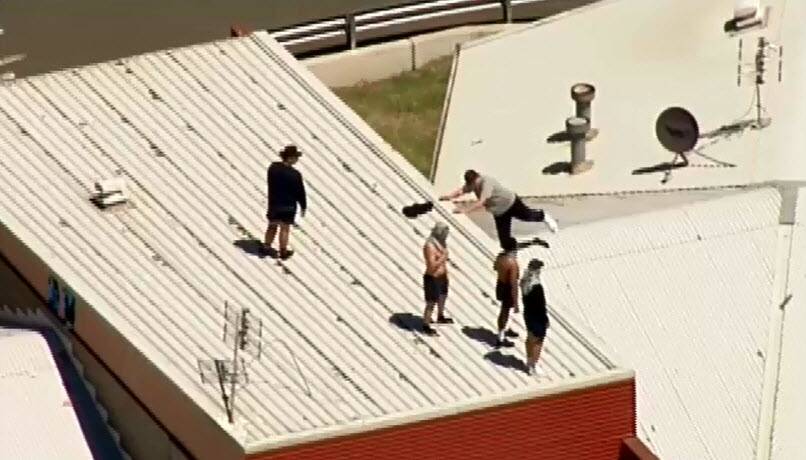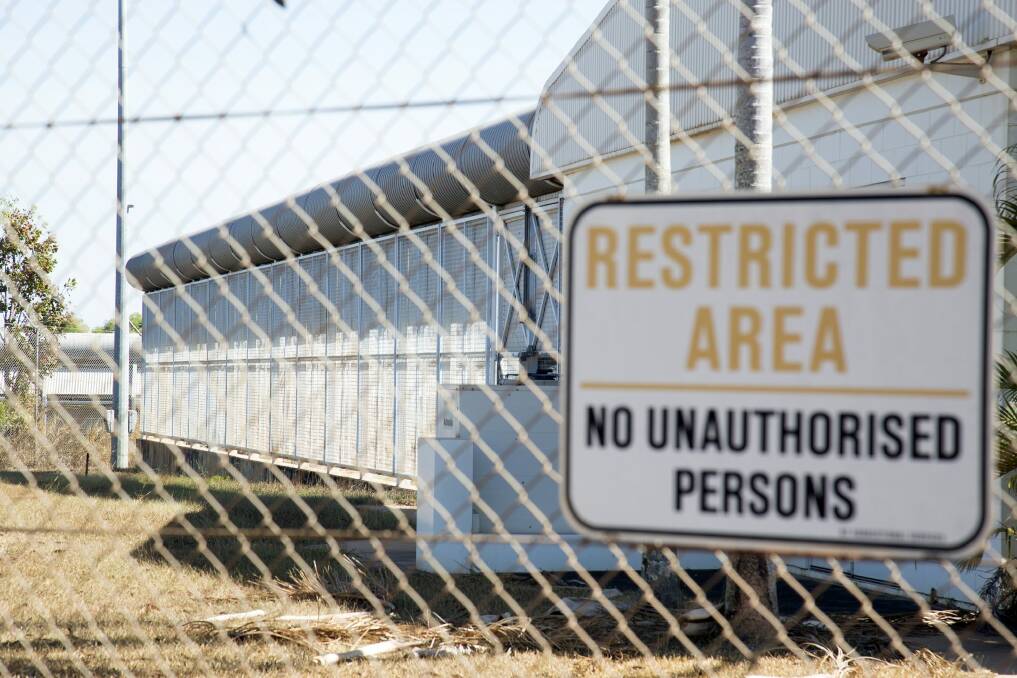The escape of 15 offenders from the Malmsbury youth detention centre in Victoria last month is the most recent, and perhaps the most serious, failure in a long series of related problems in that state. In the 24 hours after their escape, all the offenders were recaptured in small groups at various locations throughout Victoria.
Subscribe now for unlimited access.
$0/
(min cost $0)
or signup to continue reading
Melbourne's Age newspaper devoted its front page and three other pages to the details of the escapes and the offences committed by the young people while they were on the run. The police described the offences as a "mini-crime spree".
About two weeks earlier, a riot at Malmsbury had caused a significant loss of usable accommodation and, about two months before that, 50 beds were lost at the Parkville youth detention centre, the largest institution for young offenders in Victoria. Some of the offenders are now temporarily at the Barwon maximum security prison near Geelong because there was no other accommodation available.
The Victorian government has responded by announcing it will build a new secure institution to accommodate 224 young offenders at Werribee. This will cost just over $1 million for each detainee. It also plans to change the law to allow Corrections Victoria's specialist anti-riot squad to respond to incidents inside youth justice centres. Members of this squad are trained to quell prison riots and they can use dogs, tear gas, batons and, if needed, firearms. Needless to say, this move will be highly controversial.

Even though Victoria's current problems are extremely serious, the Northern Territory has received much more media coverage, especially from the ABC's Four Corners program in July last year, which broadcasted graphic images of the cruel treatment of offenders in the Don Dale youth detention centre. This program prompted Prime Minister Malcolm Turnbull to establish a royal commission into juvenile justice in the territory, which itself has received extensive media coverage.
But the problem of how to respond to youth crime is not restricted to Victoria and the Northern Territory. With the possible exception of South Australia and the ACT, the juvenile-justice systems in all other jurisdictions are also in crisis. This is happening at a time all experts agree that the rates of both adult and juvenile crime have decreased markedly over the past decade.
(It must be said, however, that the problem in Tasmania is quite different, as the single youth detention centre in that state has over seven times the number of staff than the number of young offenders in detention!)
I doubt any expert in the field would claim to really know what should be done to resolve the crisis but I suggest that, as a preliminary step, there should be an urgent meeting of all Australian juvenile-justice administrators who are responsible for setting standards for detention. They should be supported by experts from Australia as well as overseas. As this is virtually a national crisis, the federal government should offer financial and moral support.

One meeting certainly won't solve all the problems but, in my view, it's imperative to identify the principals that should guide juvenile justice before we rush into building more high-security centres, which will highly likely worsen the situation rather than improve it.
In all the Victorian government has said about the crisis, I've not seen any words like "treatment", "training", "education", "therapy", "counselling", "programming", "management", "assessment" or "evaluation". Punishment and security alone will not solve the problem, neither in Victoria nor elsewhere.
David Biles is a semi-retired criminologist who lives in Canberra. biles@netspeed.com.au

